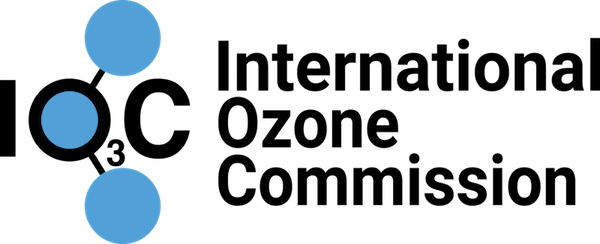September 16th is the International Day for the Preservation of the Ozone Layer, celebrating the 1987 anniversary of the Montreal Protocol on Substances that Deplete the Ozone Layer. The Montreal Protocol is the globally ratified treaty that controls the production and consumption of ozone depleting substances (ODSs) and many replacements for these substances.
The theme of the International Day for the Preservation of the Ozone Layer on 16 September 2021 is: “Montreal Protocol - Keeping us, our food and vaccines cool”. Many ozone-depleting substances warm the climate, so the Montreal Protocol has already slowed climate change. The Kigali Amendment to the Montreal Protocol is set to deliver even stronger climate benefits. Under the Amendment, nations have committed to phase down hydrofluorocarbons (HFCs). While HFCs don’t directly damage the ozone layer, these coolants are powerful greenhouse gases. Reducing their use, is expected to avoid 0.3- 0.5°C of global temperature rise by the end of the century.
The necessity for ongoing measurements and associated research was deepened by the significant anomalous Antarctic and Arctic ozone depletion events in the 2020-2021 period.
The 2020 Antarctic ozone hole was the 12th largest since the start of the NASA satellite observational record in 1979, with a 23.5 106 km2 average area and a minimum total ozone column of 94 Dobson units (DU). The ozone hole recurs every year since the early 1980s and is caused by high levels of human-produced ODSs. Concentrations of ODSs are still high enough to cause severe spring-time ozone destruction. However, the gradual decline of ODSs is contributing to a slow improvement of Antarctic ozone levels.
The devastating Australian wildfires of December 2019 and January 2020 generated unusually large Pyrocumulonimbus (PyroCb) activity that injected smoke and trace gases into the stratosphere, which warmed by 1°C for roughly six months. The PyroCb injections combined with solar heating of the highly-absorptive smoke plumes lead to the generation of self-maintained synoptic-scale vortices that persisted for 3 months and rose up to 35 km altitude. Strong ozone depletion of more than 50 DU was observed in airmasses affected by the perturbation. The impact of the Australian bush fires and injected smoke aerosols on the 2020 ozone hole is being explored.
The spring 2020 Arctic ozone amounts were among the lowest on record, with minimum total ozone around or below 220 DU for 5 weeks in March and early April 2020, below the record low levels observed in 1997 and 2011. Long-lasting cold conditions and an unusually strong vortex in the Arctic stratosphere were the cause of this record Arctic ozone depletion.
Two articles published in Nature on CFC-11 increased emissions (Nature, Vol 50, Feb 10, 2021) pointed that the "decline in global emissions suggests a substantial decrease in unreported CFC-11 production. If the sharp decline in unexpected global emissions and unreported production is sustained, any associated future ozone depletion is likely to be limited".
The 11th Ozone Research Managers (ORM11) meeting was held in July 2021 and addressed the current needs for continuous monitoring of ozone and ODS. The ORM11 report provides recommendations on the regional tracking of ODS illegal production.
Our ability to follow significant ozone events is crucially dependent on satellite, balloon, and ground-based ozone observing systems. Maintenance and continuation of ozone and ancillary observations is vital for improving our understanding of interactions between climate change and ozone depletion, for ozone layer recovery studies, and for research into potential future impacts on the ozone layer.
The 2021 Quadrennial Ozone Symposium (organized jointly by scientists from the Yonsei University in South Korea and IO3C) will be held online on October 3 – 9, 2021, see http://qos2021.yonsei.ac.kr

